еЬЯжЫЬжЧ•, 7жЬИ 9th, 2011...8:39 AM
Fukuoka/Yufuin/Oita Travel Guide Part1
Reading time: About 8 minutes
Fukuoka/Yufuin/Oita Travel Guide Part1Starting from Karuizawa, there are preserved land spotted in different areas of Japan, and the Yufuin Onsen in Kyushu is one of them.
The Yufuin Onsen located in Oita prefecture is a hot spring land that spreads across the foot slopes of the Yufudake an active volcano, proud of its eminent amount of hot water across the nation. It excludes the ordinary large ryo-kans and hotels all over Japan and amusement areas due to the exploitation limits based. Therefore a country-side atmosphere is left, and is a popular area for onsens.
*Accessing Yufuin
Generally the Yufuin is entered coming from either Fukuoka or Oita.
гАРJRгАС
Hakata stationпЉИFukuokaпЉЙвЖТYufuin stationпЉЪExpress Yufuin-no-mori/Express Yufu 2 hours
Oita stationвЖТYufuin station 1 hour
гАРBusгАС
Within Fukuoka city/Fukuoka airport: 2 hours
Oita airportпЉЪ1 hour
гАРCarгАС
About 5 minutes from Oita-jidoushadou-Yufuin IC.
*The journey to Yufuin
To go to Yufuin, going from Tokyo to Oita airport is often, however this time we decided to go towards Fukuoka airport.
This is because we wanted to ride on the train to Yufuin.
From Tokyo to Fukuoka is about an hour and a half.
On our way, we pass over Mount Fuji with snowcapped on top.
Fukuoka airport is located in the center part of Fukuoka city; it is one of the highly accessible airports in the world. It is about 10 minutes to the center of the city by subway.
Because there was some time left before the express to Yufuin departed, so we decided to go on a small walk in the center of Fukuoka.
In the center part of Fukuoka there is a prosperous town-area called вАЬTenjinвАЭ. On the other hand, the JR station is Hakata station, and it is 5 minutes away from Tenjin by subway.
Here, left is an episode that discusses the place names вАЬFukuokaвАЭ and вАЬHakataвАЭ. Although the city name is вАЬFukuokaвАЭ, the center station name вАЬHakataвАЭ is used. However, the Nishitetsu terminal station that is located in Tenjin area is Nishitetsu Fukuoka (Tenjin) station.
Originally, Fukuoka is a Buke-town; Hakata from long ago has a history of becoming prosperous as an international trade port and a town for merchants.
The Nakagawa that flows in the center part is the boundary, and had created separate cities.
When it became Meiji when deciding the city name, they agreed on Fukuoka being the city name, and the central station being Hakata. The entrance opening became Hakata. It became a central part of commerce with department stores and fashion buildings that all came from the Tenjin area that was located in the edge of Fukuoka, which developed Hakata into a business town. The entertainment town became to be known as the sandbank because it was built in the sandbank, and is now famous.
The Suikyoutenmanguu where we pray for the Tenjin god became the origin of the Tenjin. Sugawarano-michizane who was known for being the god of education, when being demoted to Dazaifu from Kyoto, reflected himself onto the surface of the water and that is where the Shaden was built. In 1612 it was moved to what now is Fukuoka palaceвАЩs northeastern gate.
It is built quietly between the alleys of the buildings.
Hydrangea were blossoming.
Around the Suikyoutenmanguu are newly built buildings.
Here is A cross Fukuoka.
It is a compound buildings with concert halls and international conference halls built in.
Designed by Emilio Ambasz.
The unique part about this building is that it looks like a mountain full with green. The southern part is designed in a field with steps, and each top of a stair is filled with green. The stair fields filled with trees is called step garden. A stroll way is compounded, therefore when actually walking there; it had an image of hiking. It is tough when starting the walk with a light feeling.
Back in the completion dayвАЩs trees with not growing it was supposedly a bald mountain, but now is a massive mountain enriched with trees that have the effect of holding back the heat island phenomenon.
Here is the former Fukuoka prefecture public hall for public guests.
It is a French renaissance style building from the Meiji period, and is chosen as the countryвАЩs important [intangible] cultural properties.
Fukuoka cityвАЩs red brick cultural museum, a 19th century style building.
Coming out of Nakasu (sandbank) from Tenjin, we come to Hakata-gawa shopping town.
It is a shopping town 400 meters long with continuous arcades, with the longest history in Hakata.
вАЬKawabata zenzaiвАЭвАЩs Zenzais are famous, there is a Zenzai open area in one corner of the shopping town, it is possible to eat Zenzai Fridays Saturdays and Sundays.
Inside of the store, mountains of decorations for Yamakasa are decorated.
After going through the Kawabata shopping town, we come to Kushida shrine.
The Kushida shrine is the deity of Hakata from old times, also known as the protective god, holds festivals for the Hakata-gion-yamakasa.
The Gion-yamakasa is a festival held annually from July 1st for 15 days. On July 1st a 10 meter tall mountain of extremely gorgeous ornaments appears in different parts of within the Fukuoka city. The festivalвАЩs peak is on the 15th day at 4:59am. The big Japanese style drum as the sign, a Kakiyama that weighs 1 ton is carried by a crowd of men and runs at full speed through the town of Hakata.
After coming out of Kushida shrine, we headed towards Hakata station because the time of our trainвАЩs departure was getting closer. It is about a 10 minute walk.
Hakata station is Fukuoka cityвАЩs entrance. On March 12th 2011 the Kyushu shinkansen opened, and its job of being the entrance of Kyushu has broadened. Station buildings were also renewed, and are predicted to become the new central commerce land.
This time we will be riding not the Kyushu shinkansen but, the Tokkyu Yufugo. It is about 2 hours to Yufuin station.
To Yuguin a tourist express Yufuin-no-morigo is in service however this time our schedule did not meet well so we decided on the Yufugo.
Speaking of trips by the train after all is the Ekiben. I chose the вАЬKashiwameshiвАЭ (500 yen). It is a dish with small chopped up chicken cooked with rice.
It is a delicious trip enjoyed by looking out of the train car window.
Near this building is Bungomori station, the Bungomori railway depot. It is the shape of a fan, and the railway and the transcription platform are chosen as the Heritage of Industrial Modernization.
As the Mountains get steeper, and we pass through a long and large tunnel, we arrive at Yufuin station.
This Yufuin station was designed by Isozaki Arata an architect from Oita prefecture.
It is designed to be in harmony with the town of Yufuin.
It is a building built with Oita made cedar, and is a 12 meter high concourse wellhole. Also not the ticket gate exit, but the platform and concourse are divided with glass doors, and is made to be spaciously built.
In the waiting room in the building has a gallery space, a perfect building for the entrance for the Yufuin.
After getting out of the Yufuin station we see the Yufudake (mountain) right in front of us.
This day was very cloudy; therefore the line of the mountain ridge could not be clearly seen.
From the shopping town in front of the station, on the way to heading to the hot springs town, we came across a horse-drawn carriage. This also is one of the sights of Yufuin.
The street on the way to Kinrinko, popularly known for, near the springs tsubo highway are fashionable small accessory stores and art museums lined.
In the entrance to the springs tsubo highway, is the roll cake store вАЬB-SpeakвАЭ. It is roll cakes made using carefully selected ingredients, and is so popular that they run out every day.
As we go further into the springвАЩs highway, we arrive at Kinrinko. Kinrinko is a pond located in Yufuin hot springs, hot and cold springs gushes out from the bottom of the shore. Due to the temperature difference in the winter fog often can be seen, and creates a mystical view. The gas produced from Kinrinko creates the morning fog that is known for Yufuin basinвАЩs specialty.
After exploring the way the town in Yufuin, we head for our camp вАЬMurata Mountain CottageвАЭ.
вЦ†Relatd Post
*Fukuoka/Yufuin/Oita Travel Guide Part2
*Fukuoka/Yufuin/Oita Travel Guide Part3









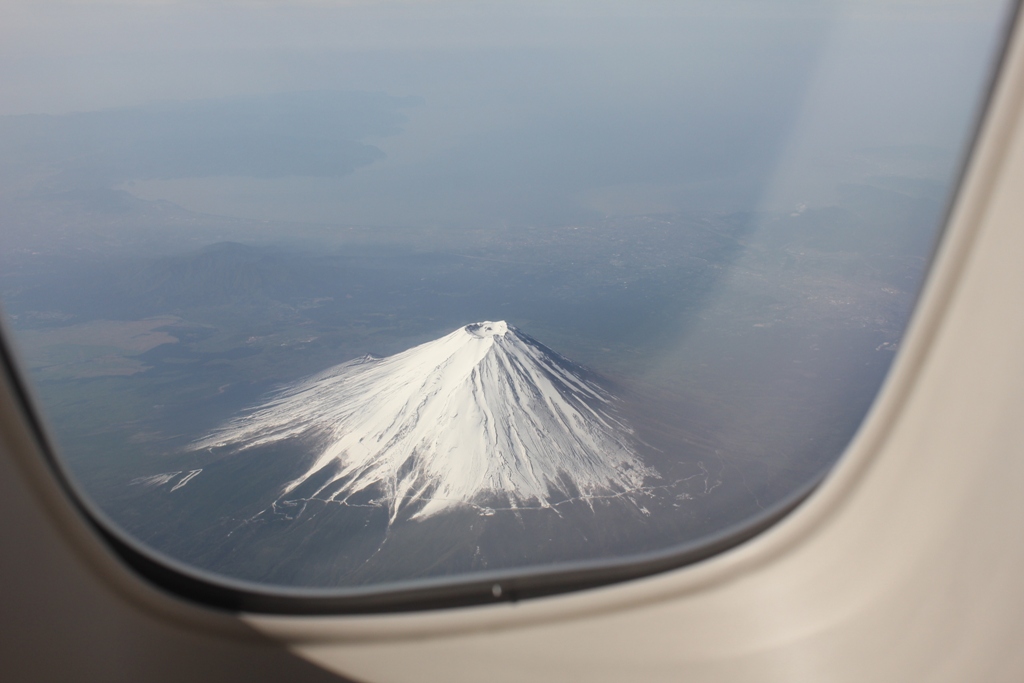

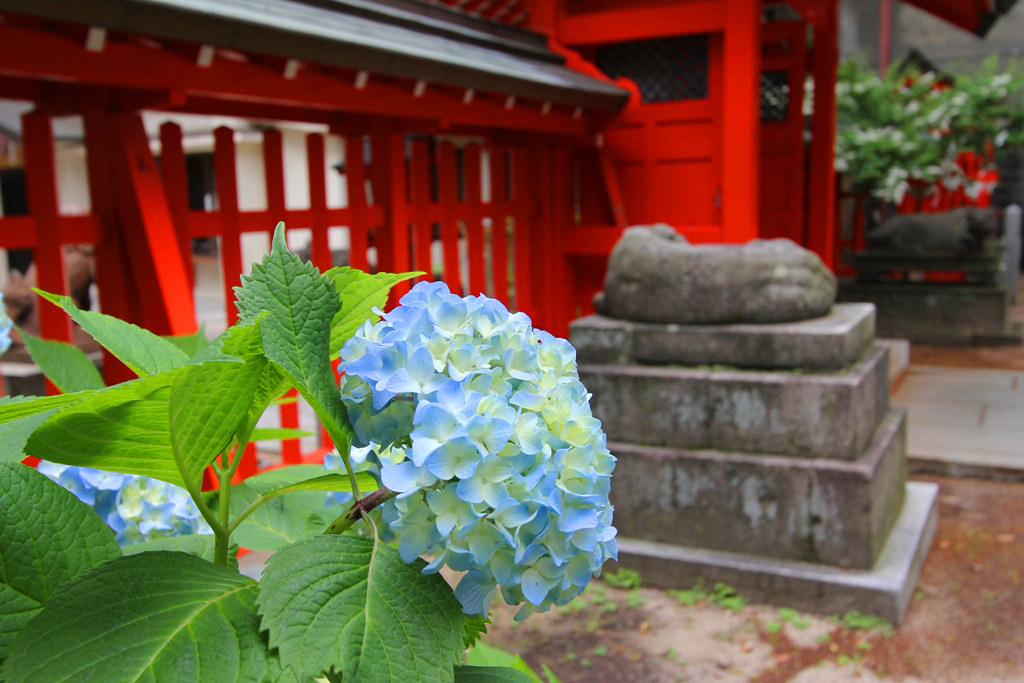
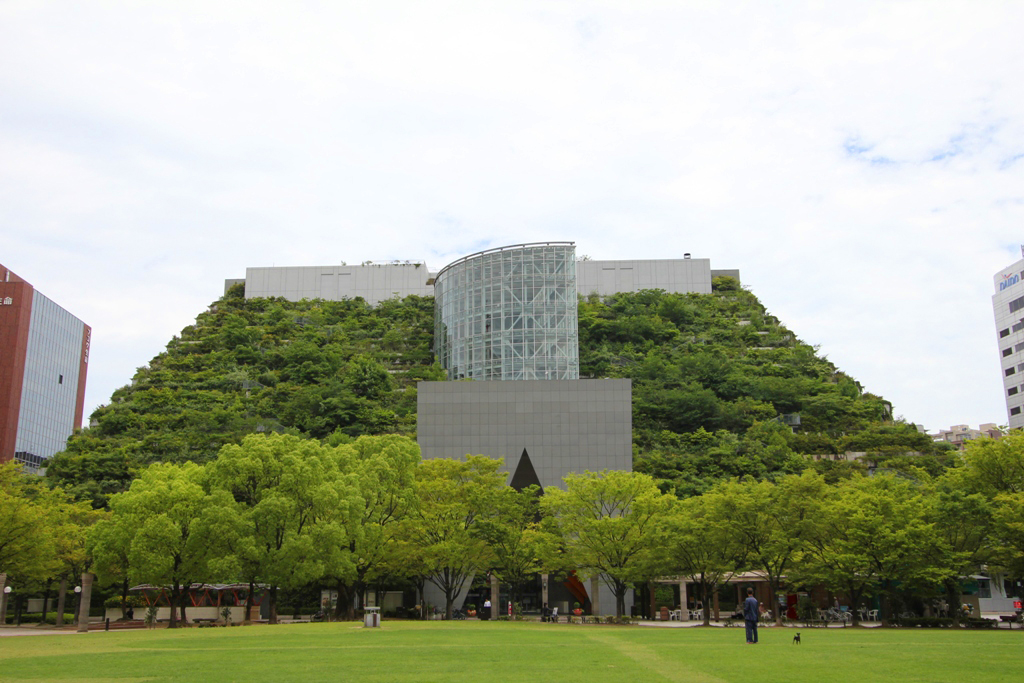
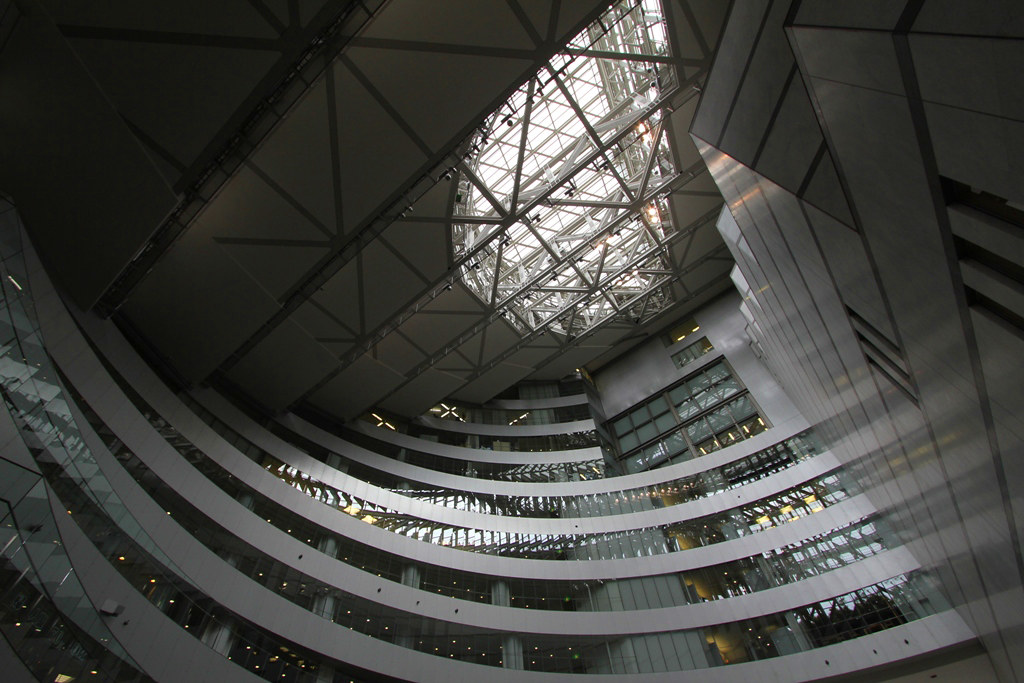
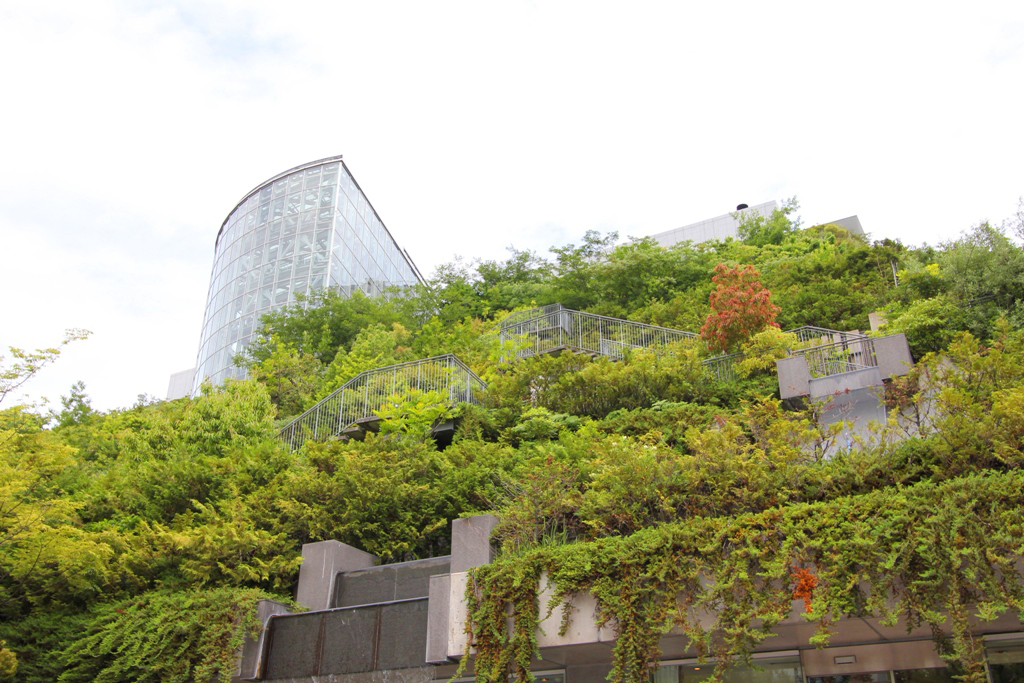
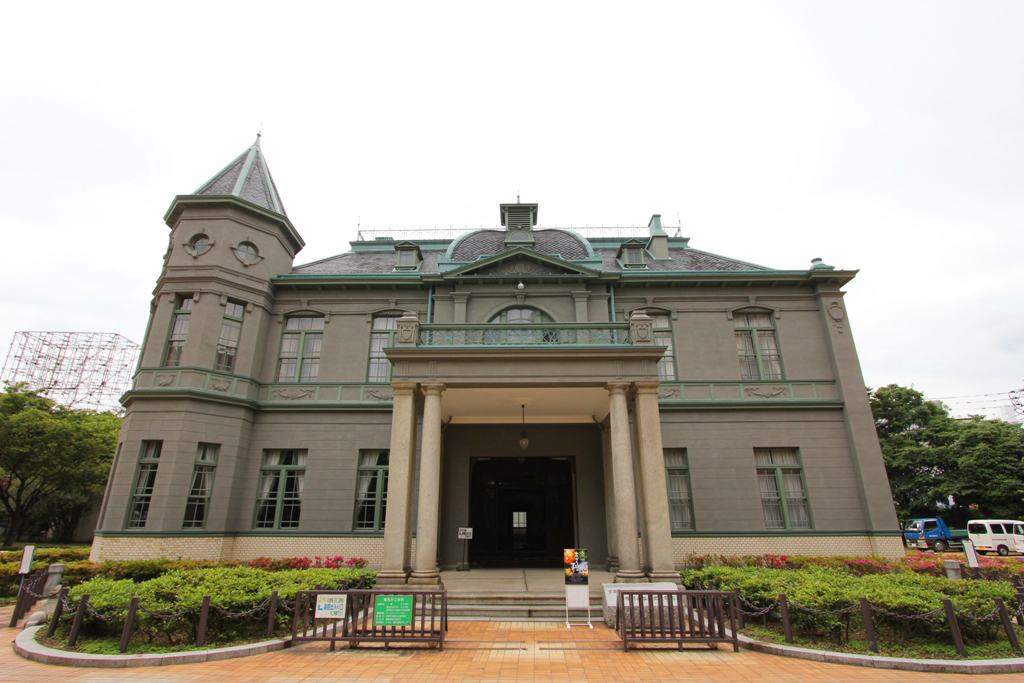

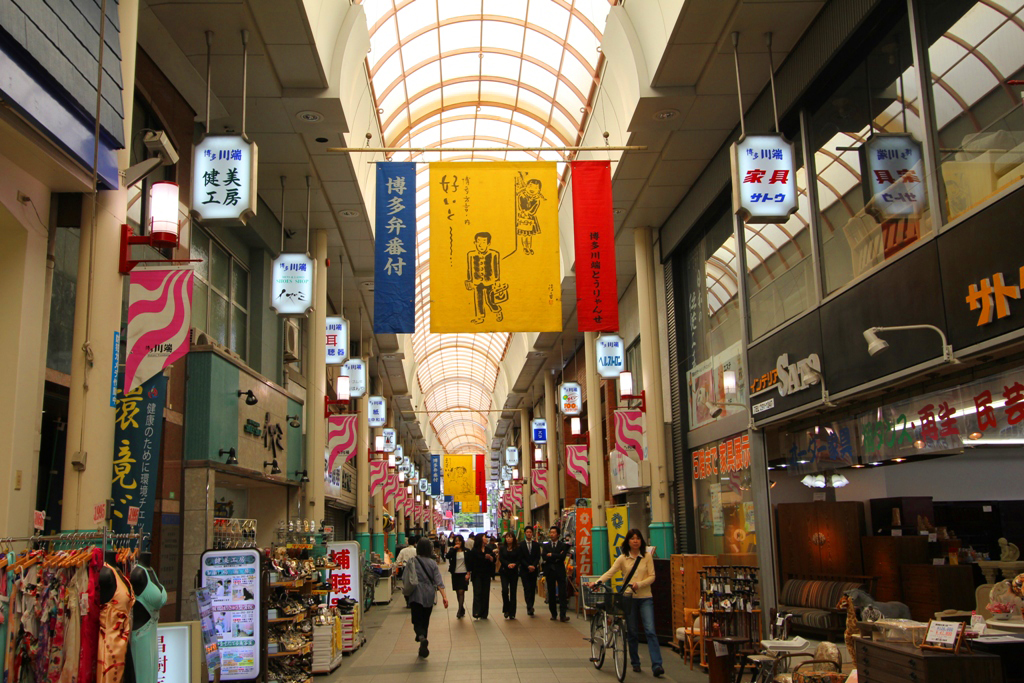

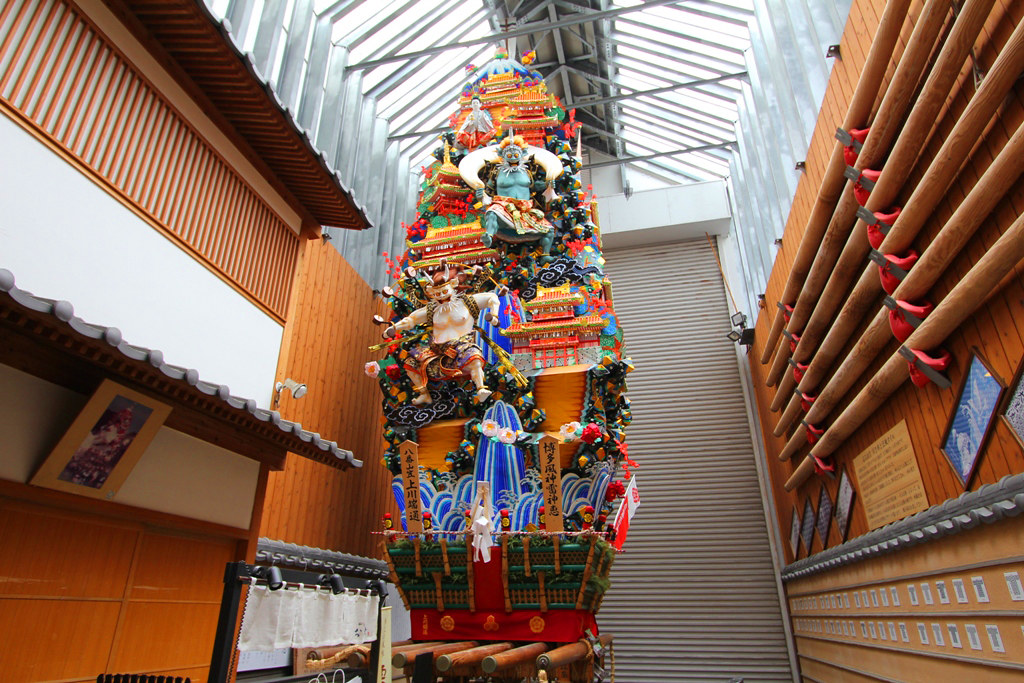
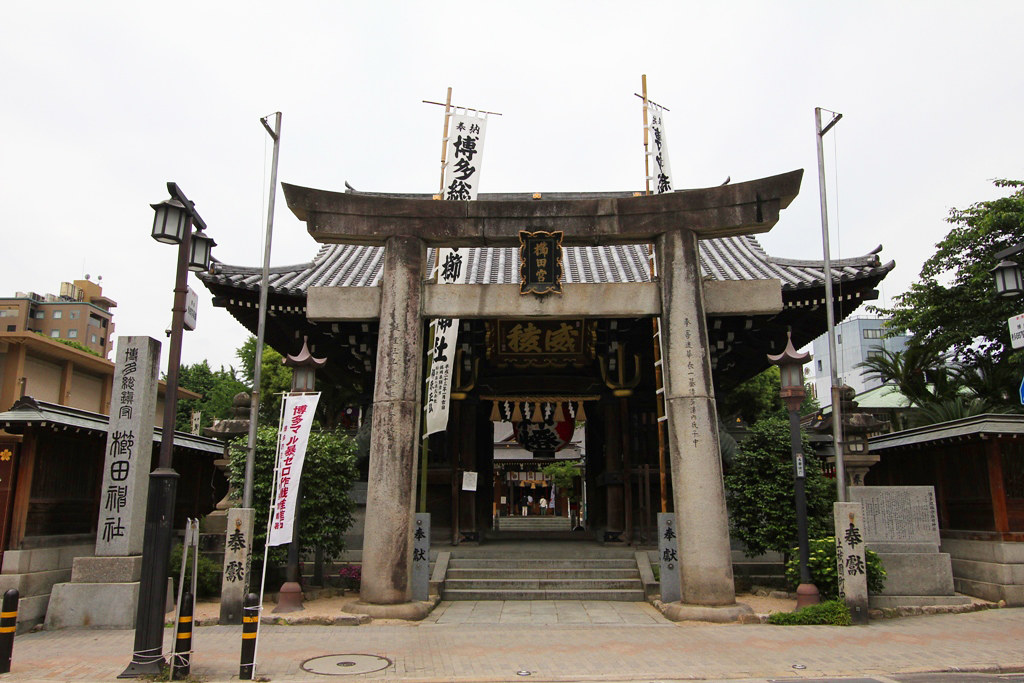
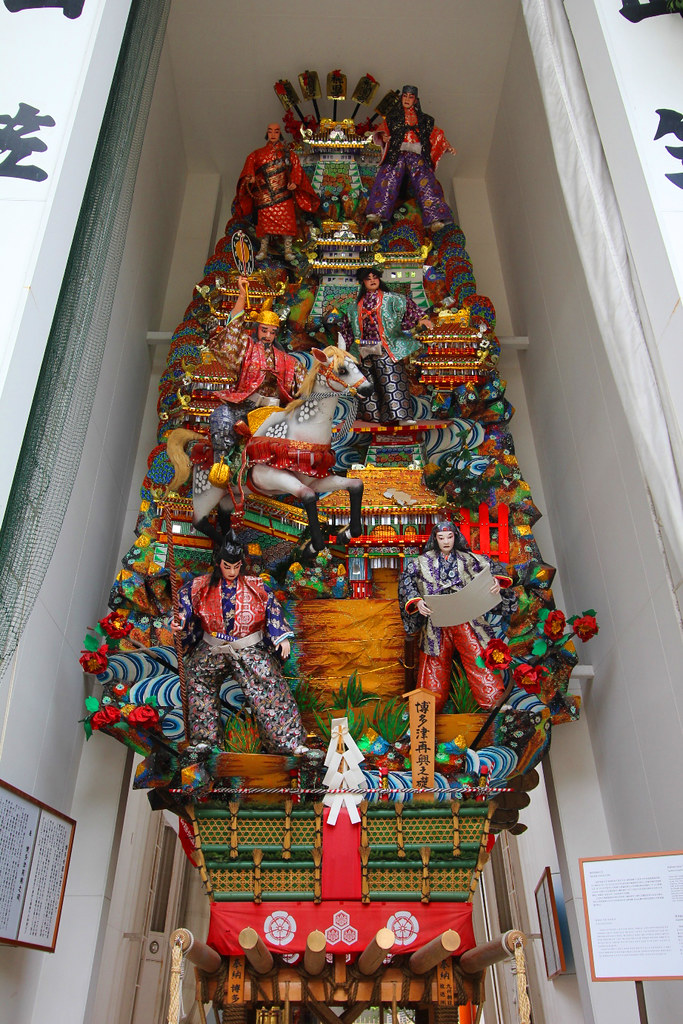
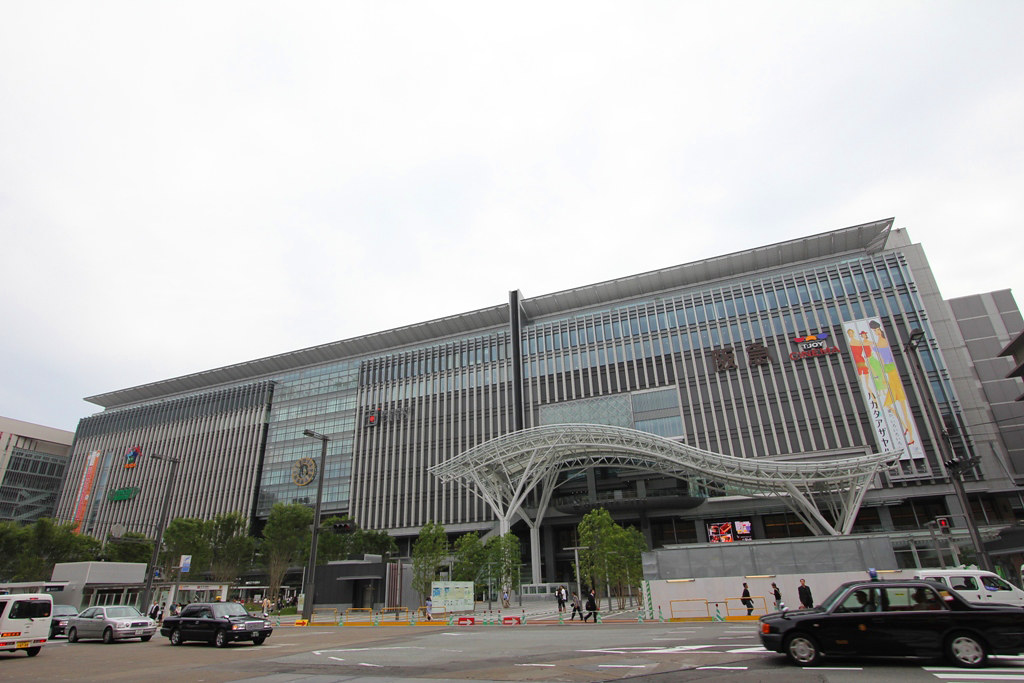
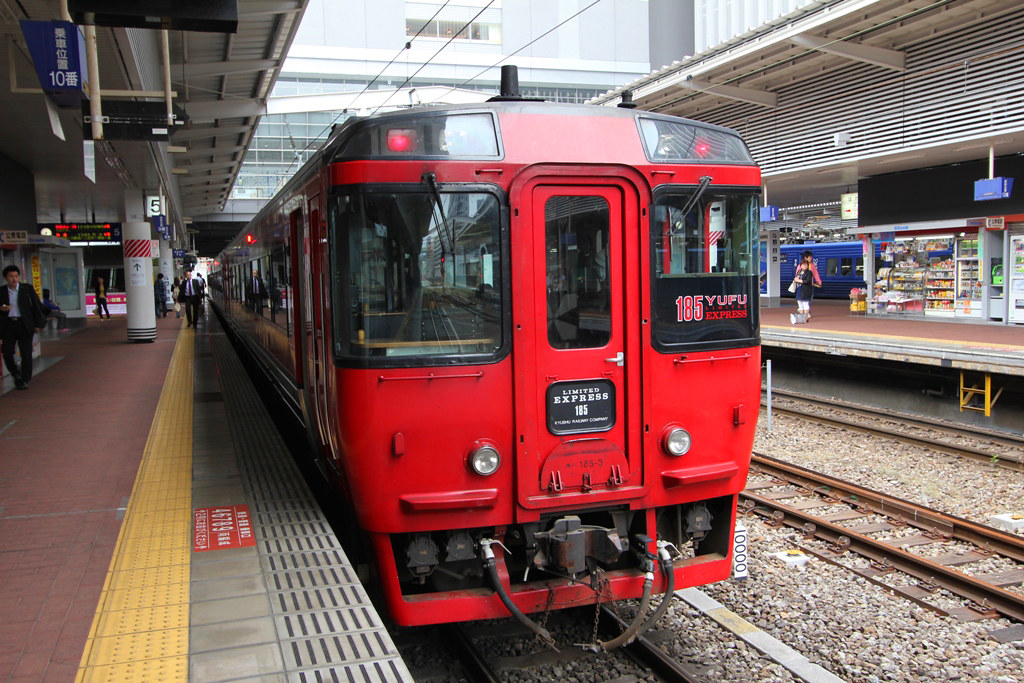
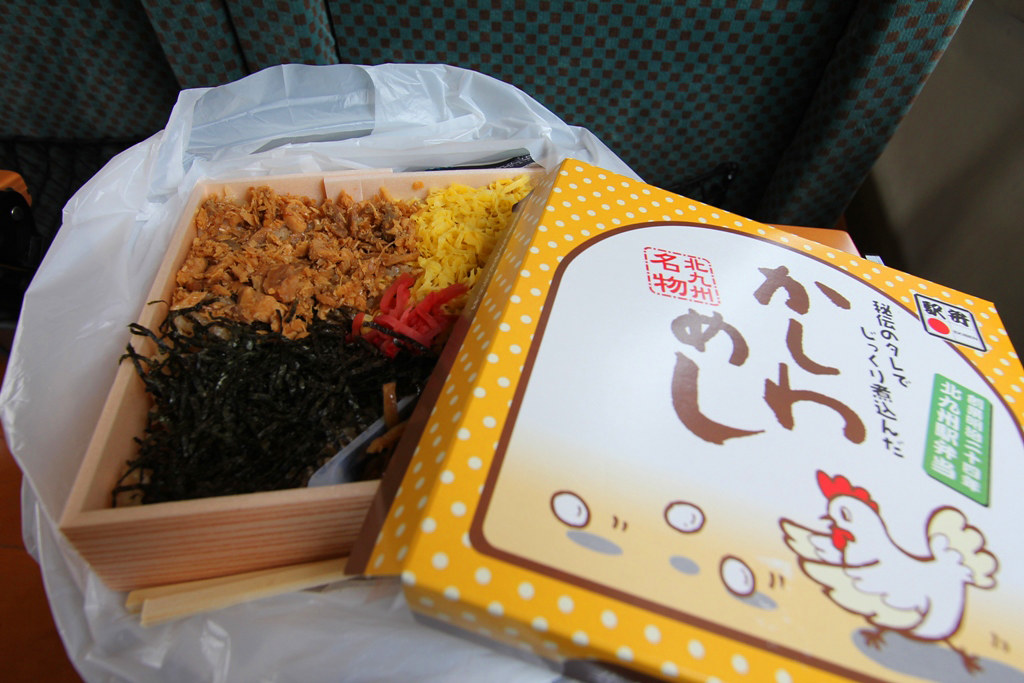
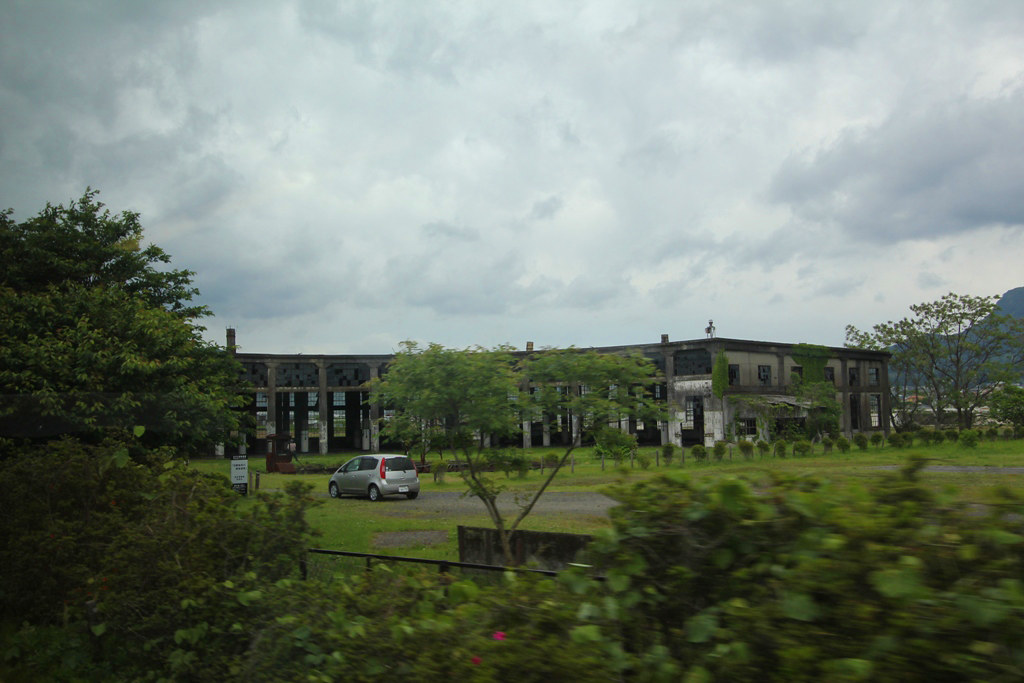
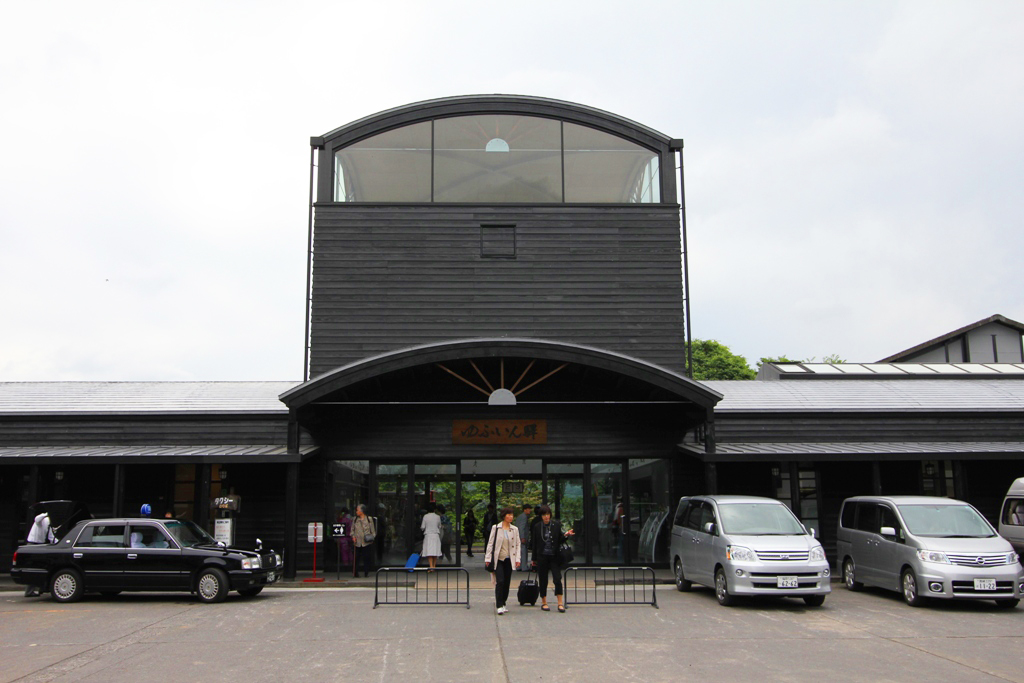
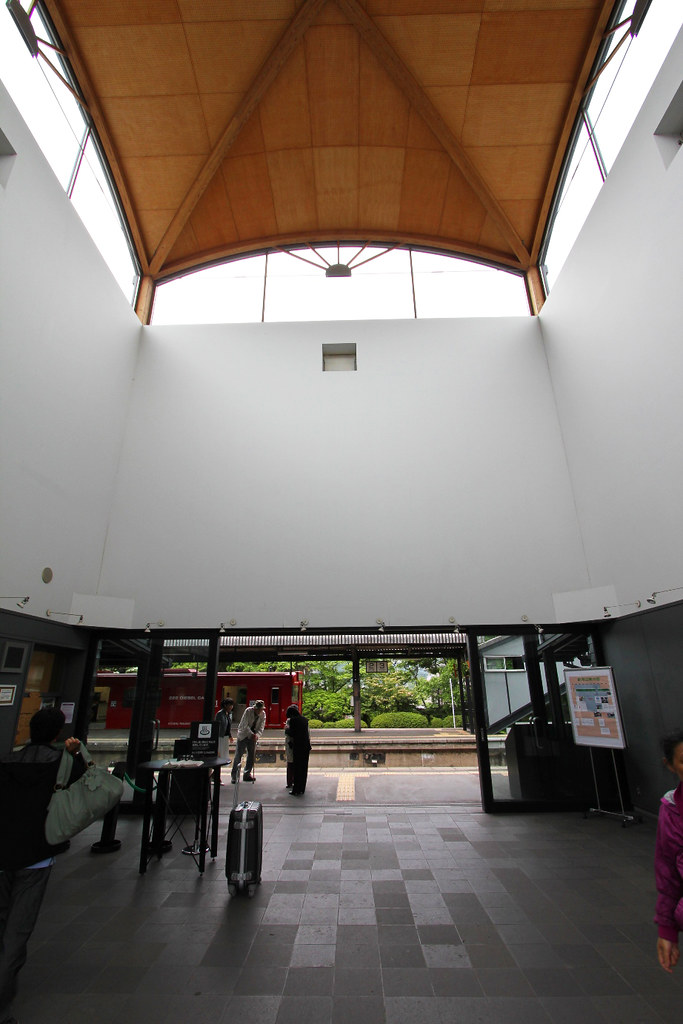
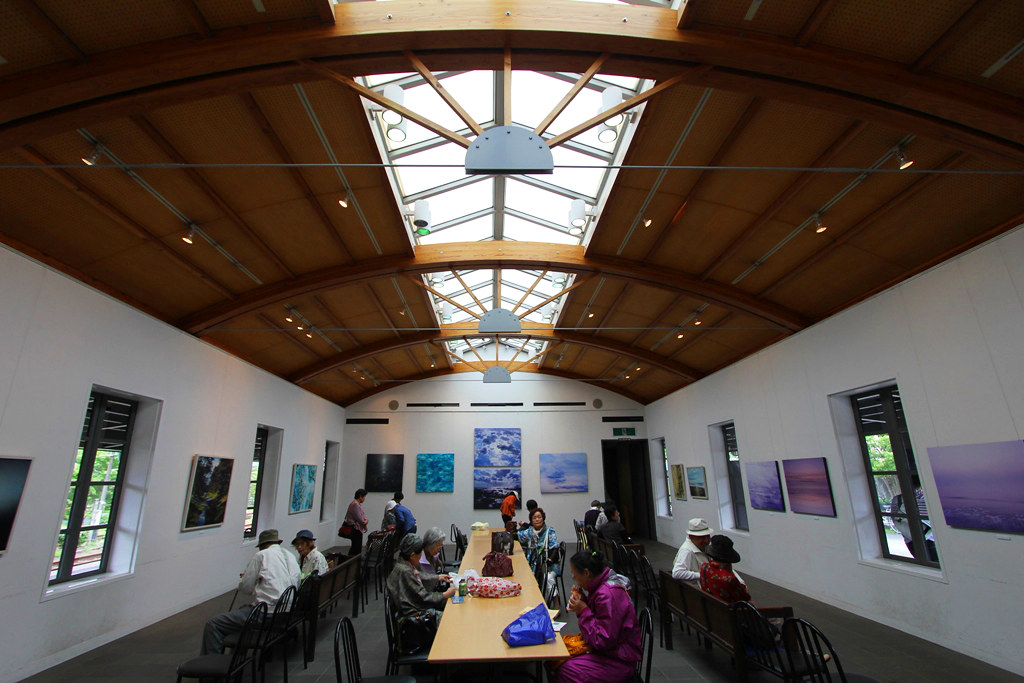
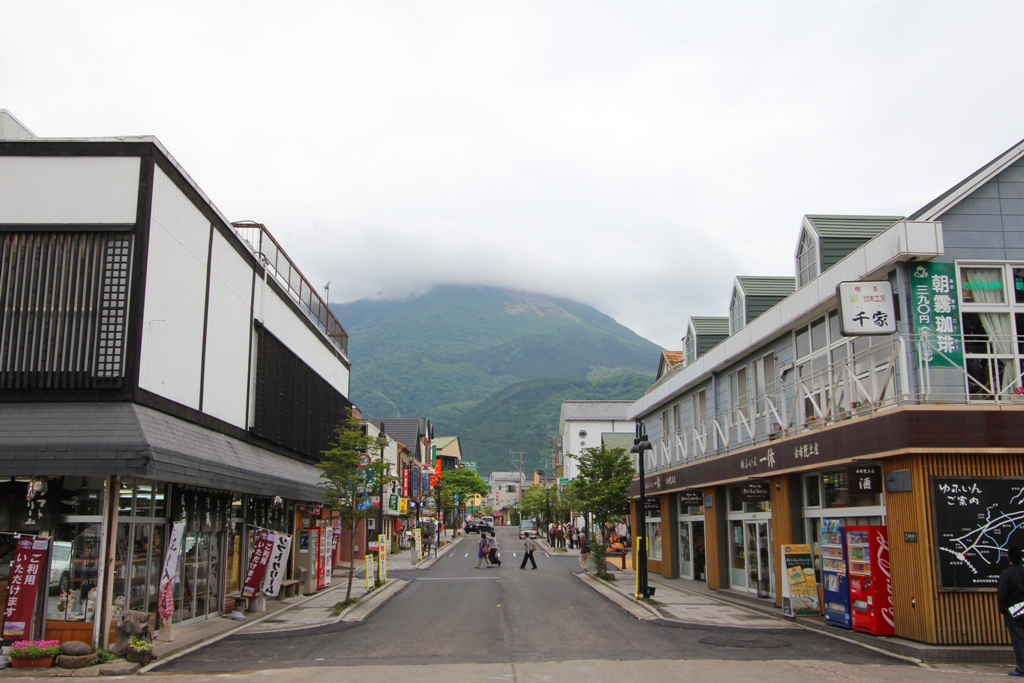
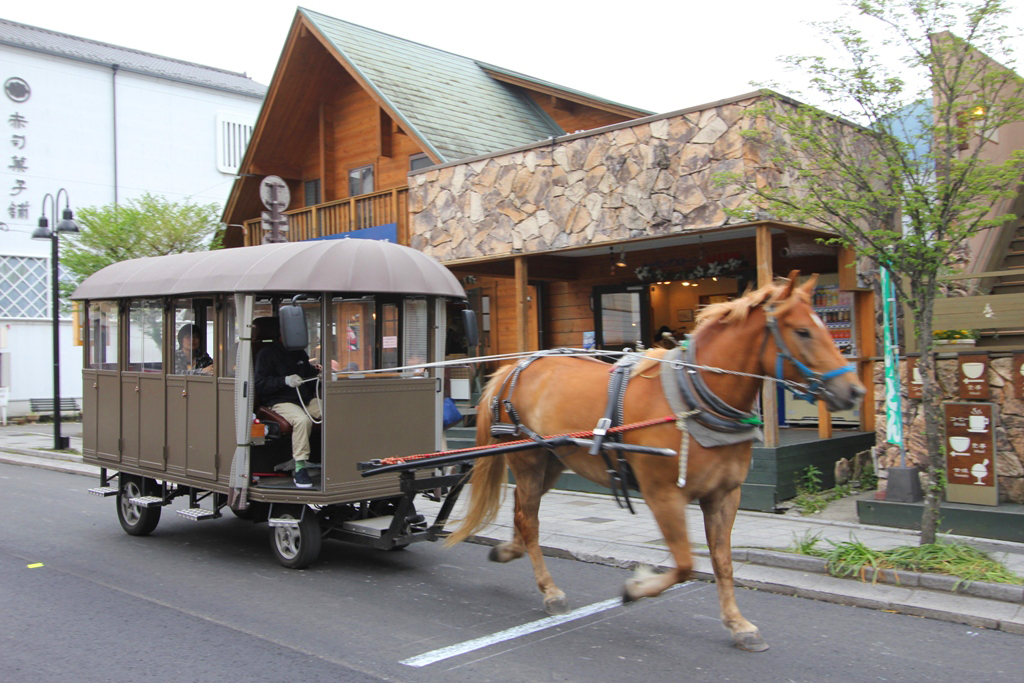
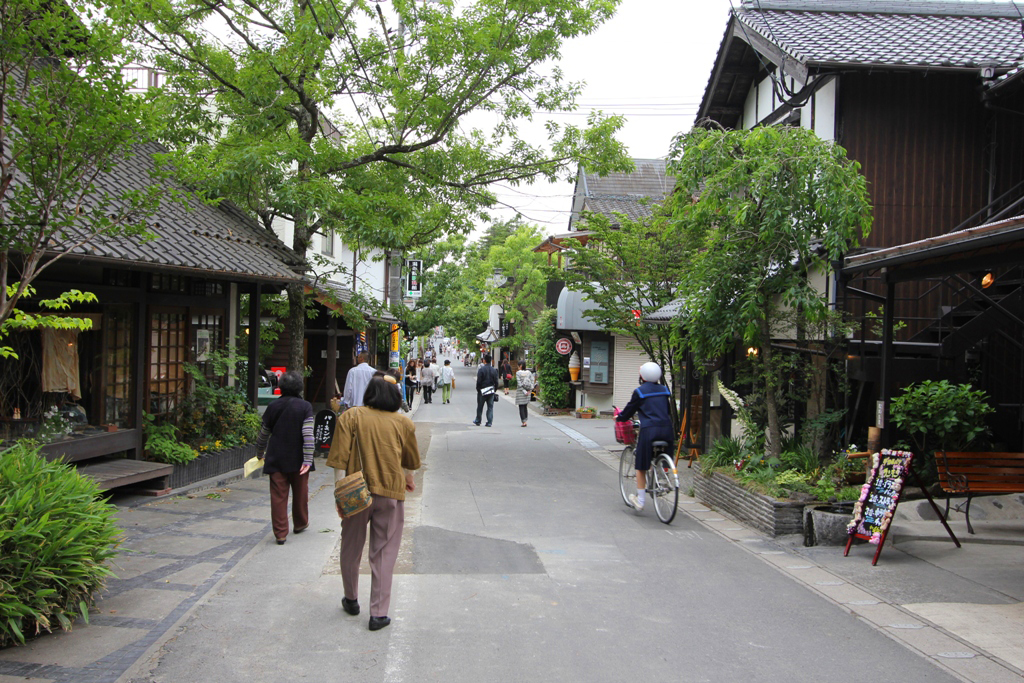
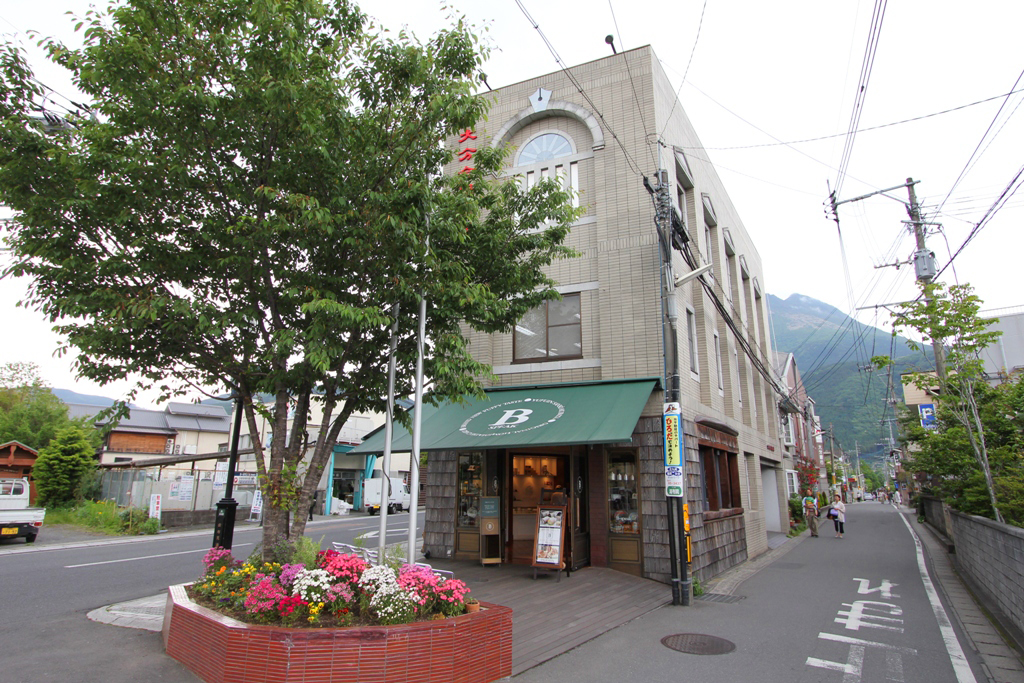
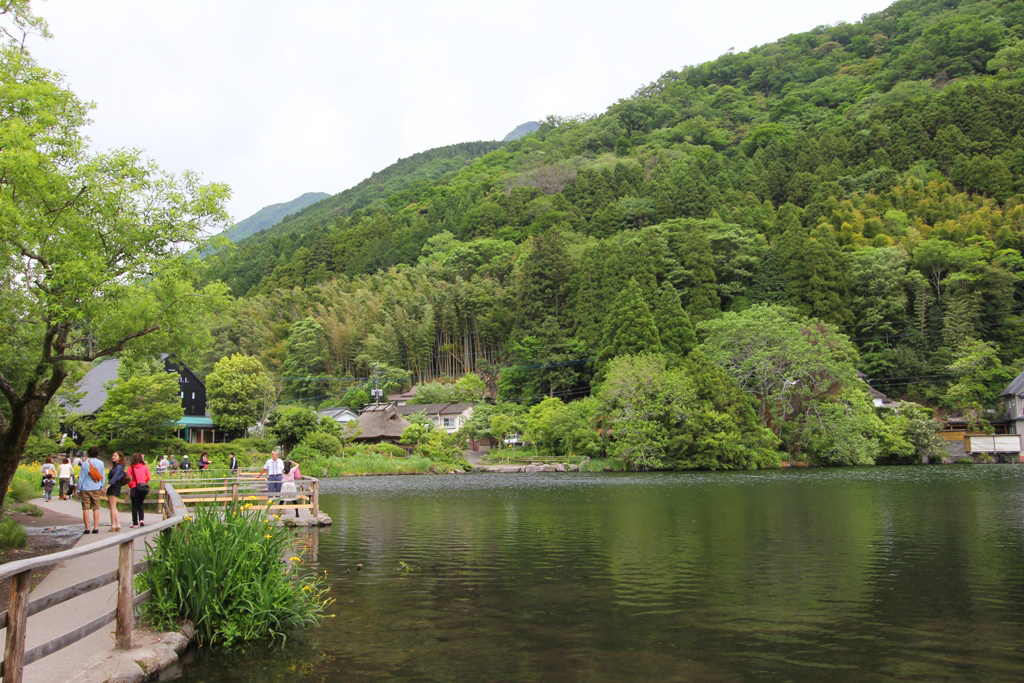











2 Comments
11жЬИ 8th, 2011 at 12:16 AM
I enjoyed your guide to Kyushu – it took a while for the images to download
11жЬИ 11th, 2011 at 10:58 AM
>Joanna
Thank you!Sorry for the images.
Leave a Reply